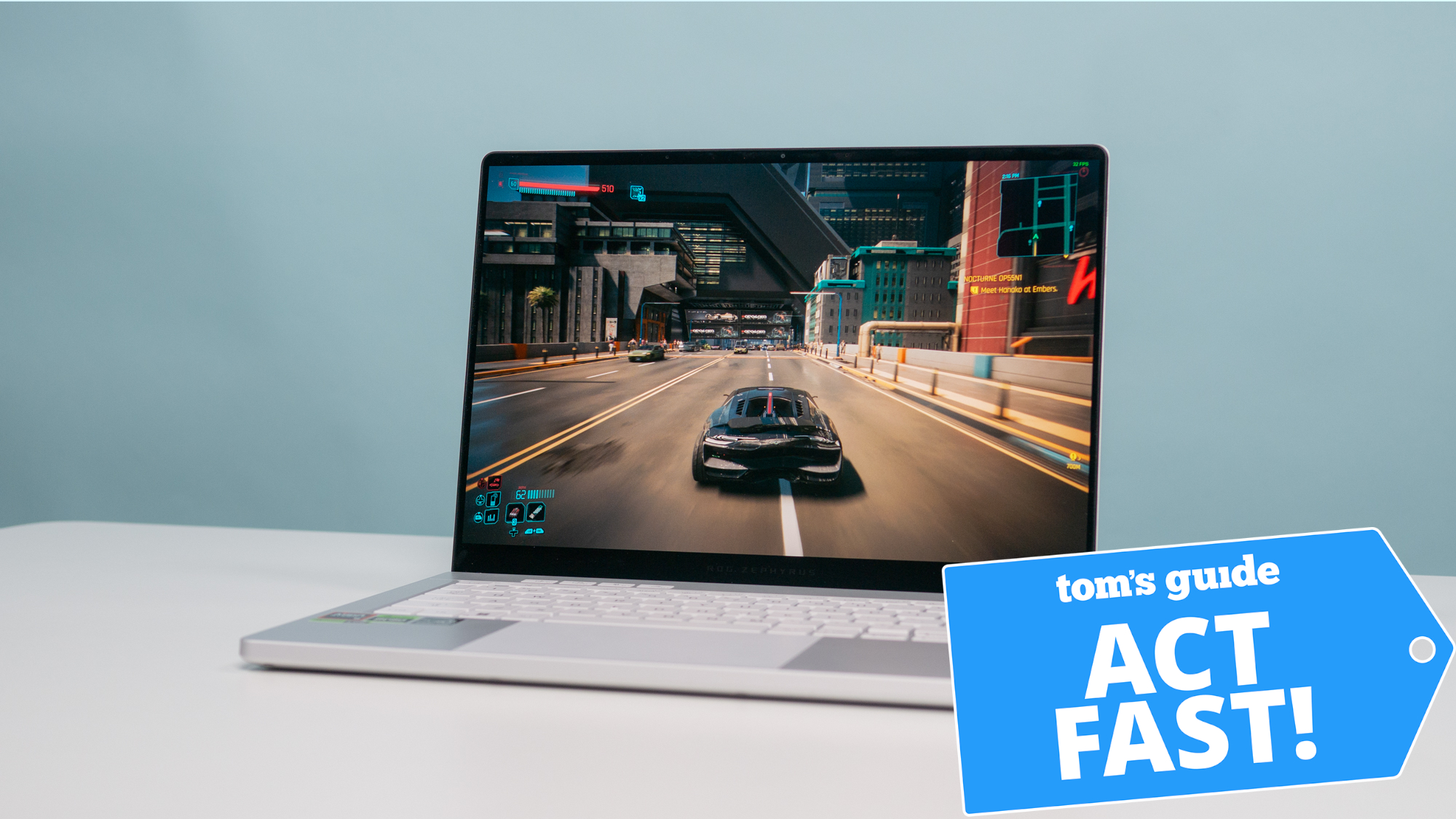iPhone 16 Pro: 5 biggest rumored camera upgrades
A greater leap could be in store with this year's iPhones
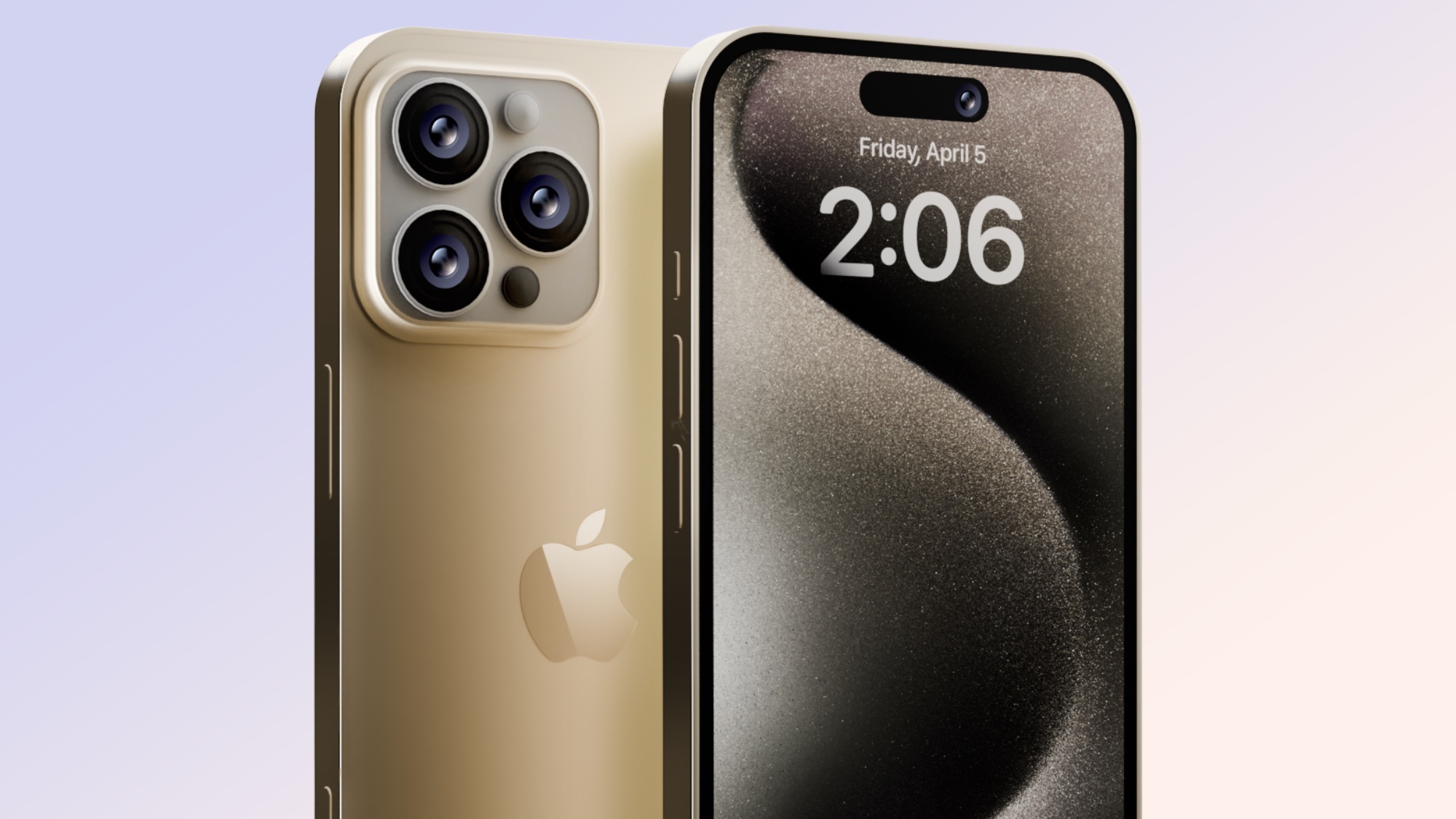
Shutterbugs have plenty to be excited about come this fall. That’s when we expect Apple to unveil its latest premium flagships, the iPhone 16 Pro and 16 Pro Max, which are rumored to come with bigger camera upgrades than their predecessors.
When it comes to the best camera phones around, nothing has yet to top the iPhone 15 Pro Max on our list — but that could change with the iPhone 16 Pro/Pro Max’s release. In addition to the usual new set of image processing algorithms we’d expect these new models to have, other hardware changes could help Apple to widen the gap when it comes to capturing photos and video.
Beyond the hardware, we’re itching to see what new features are in store with iOS 18, which could be previewed this summer at Apple’s WWDC 2024 conference. AI is tipped to play a bigger party in the iPhone 16 Pro’s story, so it could very well tip the balance.
Here are all the biggest rumored camera upgrades for the iPhone 16 Pro series.
Larger camera sensors
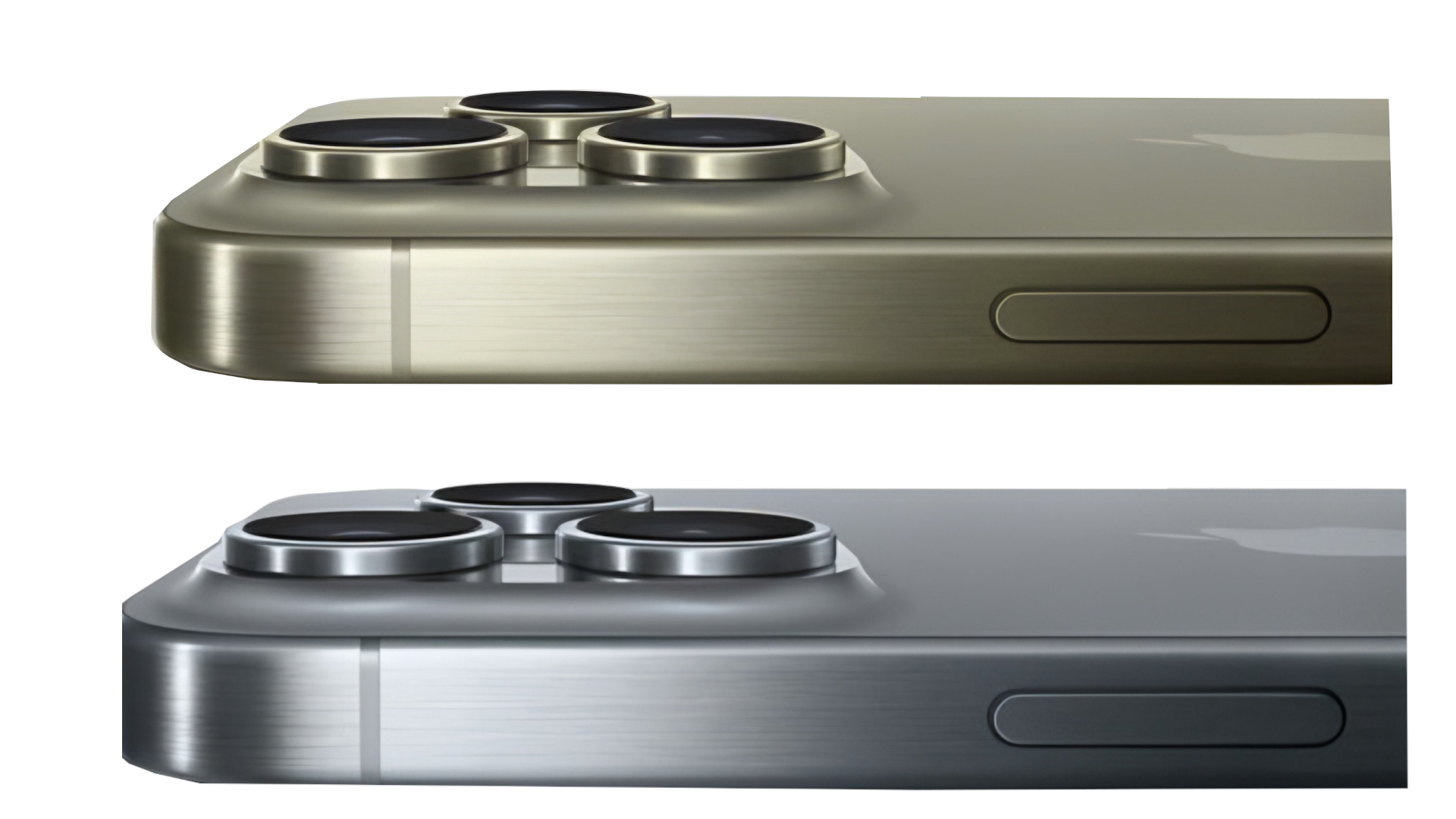
Since most of the heavy lifting is going to be done with the main camera, it comes as no surprise that the iPhone 16 Pro models are tipped to get larger sensors. According to Digital Chat Station, the main 48MP will have a 1/1.14-inch sensor — which would be up from the 1/1.28-inch sensor currently in the iPhone 15 Pro and 15 Pro Max.
Larger sensors have a habit of capturing more light, resulting in more detail and significantly better low light performance. We know this because to be true based on the countless low light photographs we captured in our Samsung Galaxy S24 Ultra vs. iPhone 15 Pro Max photo shoot out.
Another big boost expected to make its way to both models is an upgraded 48MP ultrawide camera, backed by a larger 1/2.6-inch sensor. This rumor is an interesting one because not only would it deliver better photos in general, but Apple could lean on the same pixel binning technique it’s applied with the standard iPhone 15’s main camera to deliver optical quality if you intend to crop photos taken by the ultrawide camera later on.
Sign up to get the BEST of Tom's Guide direct to your inbox.
Get instant access to breaking news, the hottest reviews, great deals and helpful tips.
The current iPhone 15 Pro’s 12MP 1/3.6-inch ultrawide sensor already takes fantastic photos, so we can only imagine how it’ll get better with a larger sensor.
Tetraprism telephoto lens design with iPhone 16 Pro
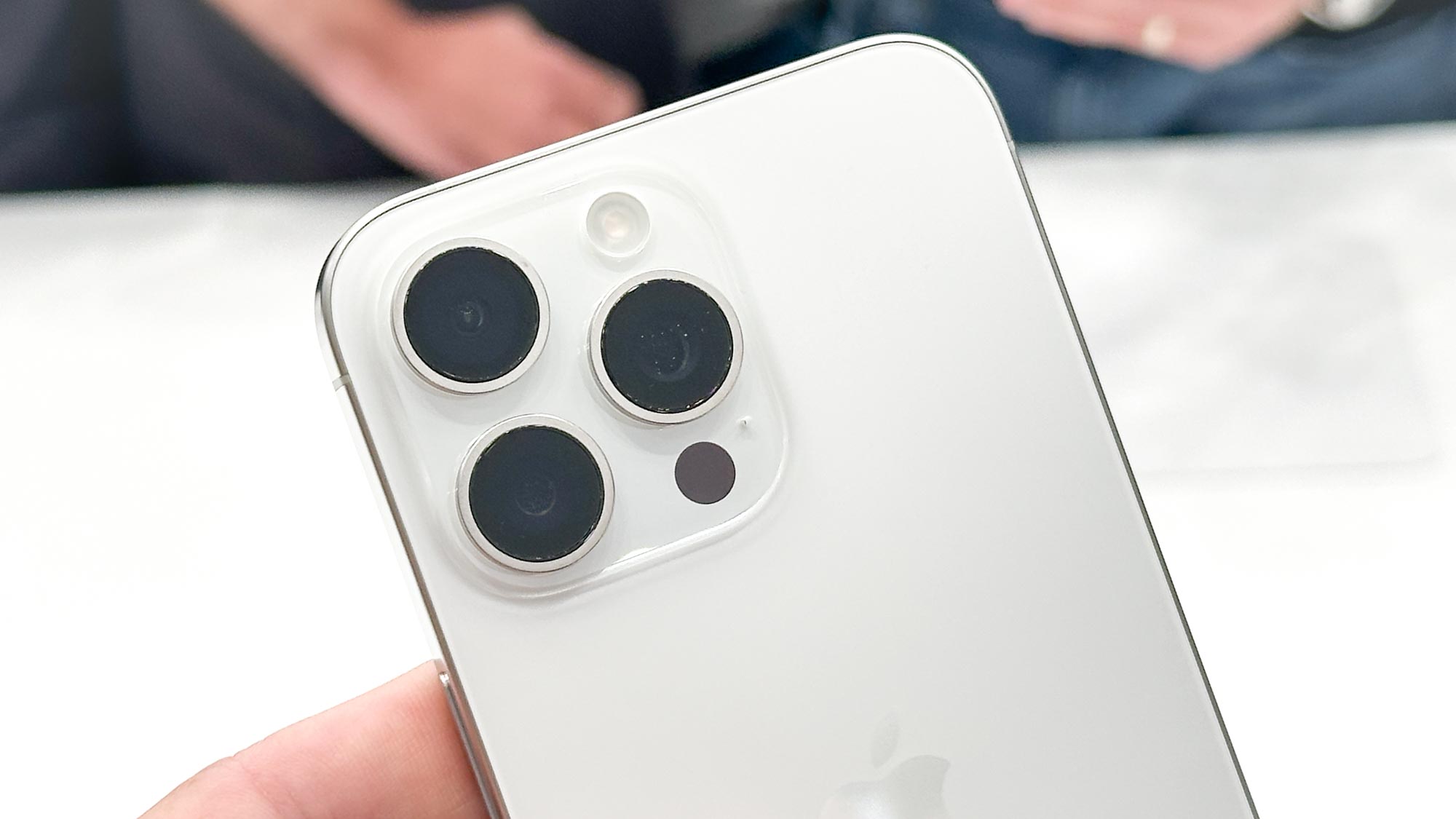
One of the biggest incentives to get the iPhone 15 Pro Max is because of its tetraprism telephoto camera design, which delivers a 5x optical zoom. That’s a longer reach over the iPhone 15 Pro’s shorter 3x optical zoom, but rumor has it that the iPhone 16 Pro will share the same tetraprism telephoto lens as the iPhone 16 Pro Max — effectively bringing 5x optical zoom to both new iPhone 16 Pro models.
While this is wonderful news for the smaller sized iPhone 16 Pro, it does take a little of magic away from people considering to get the iPhone 16 Pro Max. Then again, it’ll be interesting if Apple decides to give the iPhone 16 Pro a price hike because there’s a $200 separation between the current iPhone 15 Pro and 15 Pro Max. By having the same telephoto reach on both models, Apple could increase the 16 Pro’s price.
6x telephoto zoom on iPhone 16 Pro Max
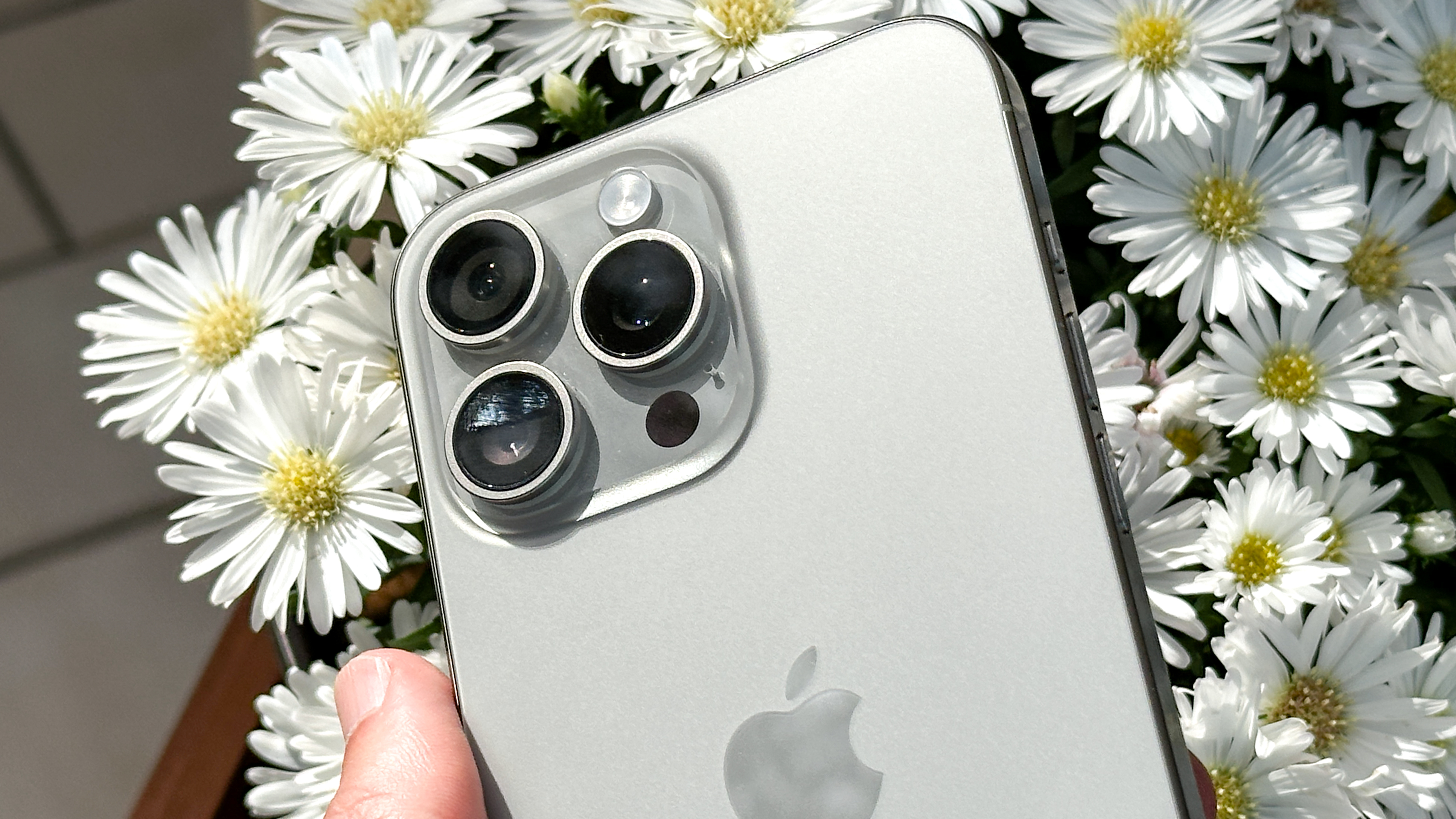
On the other hand, the current pricing could stick around if a rumor about the iPhone 16 Pro Max gaining an “ultra” telephoto lens pans out. This is what one of the earliest iPhone 16 Pro Max camera rumors alludes to, as it would give the bigger iPhone a slightly longer 6x telephoto zoom.
The longer zoom range would make it an excellent exclusive for the iPhone 16 Pro Max, which would make sense to again better differentiate it from the iPhone 16 Pro. We’ve seen how the iPhone 15 Pro Max's 5x telephoto camera consistently delivers sharper, more detailed images than the 3x telephoto one in the iPhone 14 Pro Max.
As a result, the iPhone 16 Pro Max could exceed the 25x digital zoom available with the iPhone 15 Pro Max. For a year-over-year upgrade, this slight boost in the telephoto camera would be meaningful.
Reducing lens flare

Even though it may not be a big distraction for some, lens flares still do crop up in images taken with the iPhone 15 Pro and 15 Pro Max. We know this first hand after trying to capture the April 2024 solar eclipse with the iPhone 15 Pro, but a rumor suggests that Apple is working to address this issue.
Apple could apply a new anti-lens flare material over the cameras of the iPhone 16 Pro and 16 Pro Max, which would help to improve the photo quality. This coating would be applied with the help of a new atomic layer deposition (ALD) system, preventing lens flares from ruining photos.
Capture button
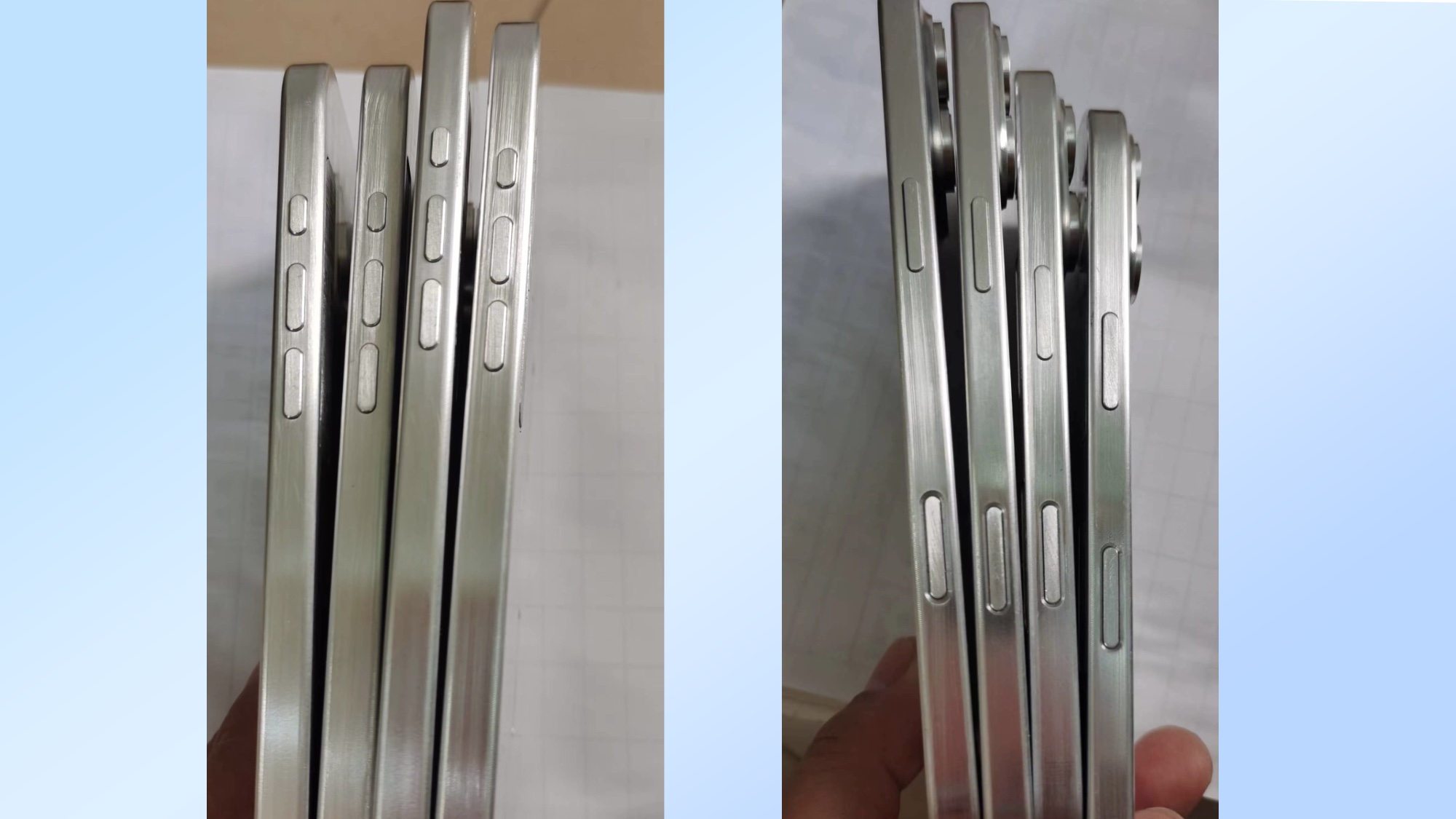
And finally, the addition of a Capture button seems almost certain for the iPhone 16 Pro and 16 Pro Max (and possibly the rest of the iPhone 16 lineup). What makes the Capture button different from the Action button first introduced with the iPhone 15 Pro models is that this new button would relate to the camera specifically.
The Capture button is believed to be a capacitive button that could distinguish different pressure levels to perform certain camera specific functions. For example, a soft press could be reserved for taking a photo while a harder long press could start a video recording.
Beyond that, it’s unclear if the Capture button would have any other function outside of the camera. While the Action button could be programmed to perform similar tasks, the Capture button's capacitive nature could allow it to also act as a focusing function for the camera, in which a slight hold of the button would lock in the focus, while pressing it more would take the snapshot.
What else we want to see
So far, those are the biggest rumored camera upgrades that the iPhone 16 Pro models are expected to get. However, there’s still an opportunity to make them even better — and they don’t necessarily have to be focused on the hardware either. Here’s what else we’d want to see:
- Generative AI editing tools: iPhone rivals offer various AI-assisted photo and video editing tools, like Magic Editor on the Pixel 8 and Instant Slow-Mo with the Galaxy S24 Ultra. Apple’s expected to enter the AI wars with its own set of features in iOS 18, but so far there’s been very little around AI-assisted editing tools for the camera.
- Full manual controls: Apple’s iPhones have taken phenomenal photos over the years, but diehard camera enthusiasts would greatly benefit from having proper manual controls for photos and video.
- Native simultaneous multi-camera recording: Recording video from two different cameras has been available for some time now with the iPhone, but they often require using third party apps like DoubleTake by Filmic Pro. It would be better if it could be supported natively, along with the ability to capture video simultaneously from all the four cameras.
Naturally, there’s still time for more rumors and leaks to make the iPhone 16 Pro cameras even more enticing. Considering how there’s a lot happening behind the scenes to optimize photos and videos, there’s going to be more pressure on the A18 Pro chip slated for the iPhone 16 models to deliver the necessary processing power to get the most out of the cameras.
More from Tom's Guide
- iPhone 16 leak just revealed the biggest design changes — here’s what to expect
- This Apple Maps feature in iOS 17 is a must-have for me on trips
- iPhone 16 Pro Max vs. iPhone 14 Pro Max: Biggest expected upgrades

John’s a senior editor covering phones for Tom’s Guide. He’s no stranger in this area having covered mobile phones and gadgets since 2008 when he started his career. On top of his editor duties, he’s a seasoned videographer being in front and behind the camera producing YouTube videos. Previously, he held editor roles with PhoneArena, Android Authority, Digital Trends, and SPY. Outside of tech, he enjoys producing mini documentaries and fun social clips for small businesses, enjoying the beach life at the Jersey Shore, and recently becoming a first time homeowner.










